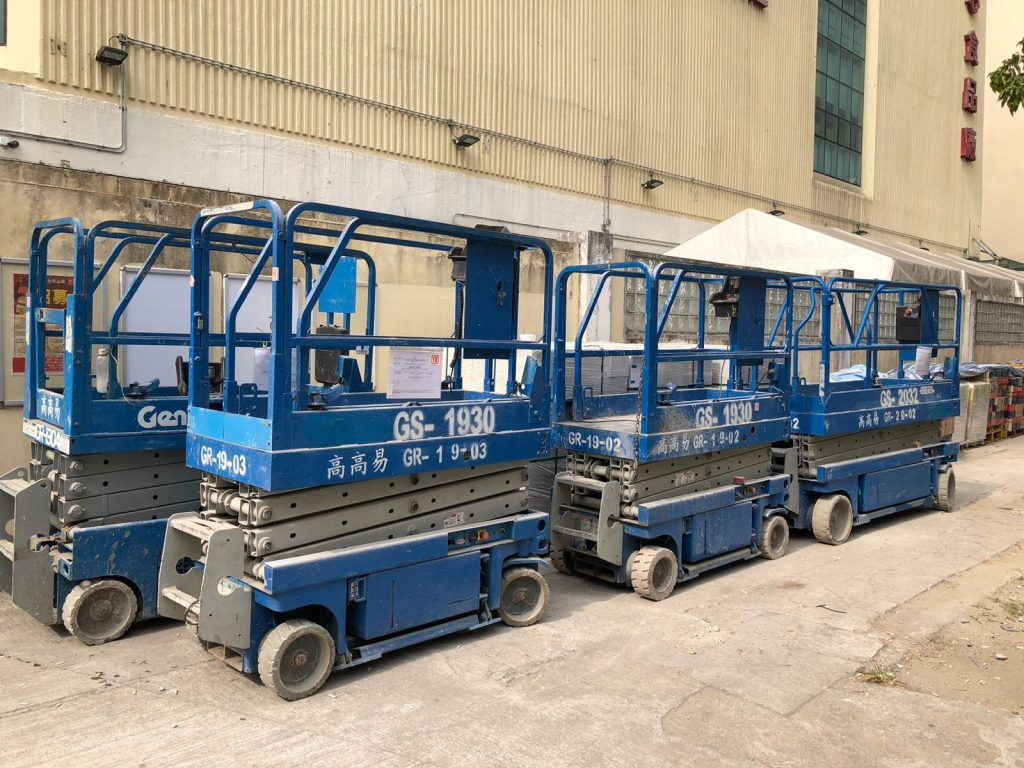Platform Machinery Industrial and Construction Efficiency
Platform machinery plays a crucial role across various industries, significantly 升降工作台 the efficiency and safety of work performed at heights or on uneven terrain. These specialized machines are designed to provide stable, elevated platforms that support workers, tools, and materials, enabling tasks that would otherwise be difficult, dangerous, or time-consuming. From construction sites and warehouses to maintenance and manufacturing facilities, platform machinery has become indispensable in modern operations.

At its core, platform machinery refers to equipment such as scissor lifts, boom lifts, aerial work platforms, and other types of elevated platforms. These machines allow workers to reach high or hard-to-access places while maintaining balance and safety. The development of these platforms has evolved alongside safety regulations and technological advances, resulting in more reliable, versatile, and easy-to-operate machinery. Today, many platform machines come with electric or hybrid power options, ergonomic controls, and enhanced safety features such as guardrails, automatic leveling, and emergency stop systems.
One of the primary benefits of platform machinery is the increased safety it offers compared to traditional ladders or scaffolding. The secure working space with guardrails and a solid floor significantly reduces the risk of falls, one of the leading causes of workplace injuries in construction and maintenance. Furthermore, many platforms come equipped with sensors and controls that prevent tipping or overloading, protecting both workers and the machinery. This focus on safety also aligns with industry regulations, helping companies comply with OSHA standards and other workplace safety laws.
Efficiency is another key advantage of platform machinery. Tasks that require moving tools and materials up and down repeatedly can be accomplished faster with platforms that can be raised and lowered at the push of a button. For example, scissor lifts provide a vertical lift, ideal for work that requires straight-up access, such as installing ceiling fixtures or repairing overhead piping. Boom lifts, on the other hand, offer more flexibility with horizontal and vertical reach, making them perfect for accessing complex or distant areas without repositioning the base. This increased mobility reduces downtime and improves overall productivity on the job site.
Platform machinery also plays a vital role in industrial maintenance and warehouse management. Elevated platforms make it easier to access storage racks, perform routine inspections, or service equipment in high places. Their compact design allows operation in tight spaces, unlike larger cranes or scaffolding setups. Additionally, the portability and ease of setup of many platforms enable quick deployment, which is essential for time-sensitive tasks.
Environmental considerations have also driven innovation in platform machinery. With growing attention to reducing carbon footprints, manufacturers are producing electric and hybrid models that emit less pollution and operate more quietly than traditional diesel-powered machines. This shift benefits indoor environments and urban construction sites where noise and emissions are tightly regulated.
In conclusion, platform machinery has revolutionized the way industries perform work at height by combining safety, efficiency, and versatility. Its wide range of applications—from construction and industrial maintenance to warehousing and more—demonstrates its importance as a modern work tool. As technology continues to advance, platform machinery is expected to become even smarter, safer, and more environmentally friendly, further enhancing workplace productivity and safety across sectors. Investing in the right platform machinery not only ensures compliance and safety but also optimizes operations, making it a critical asset for any business requiring elevated work solutions.